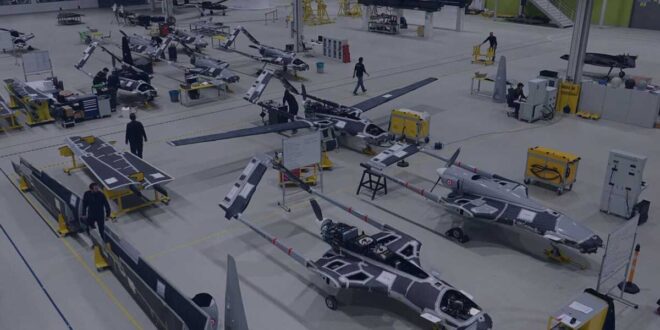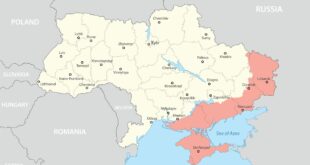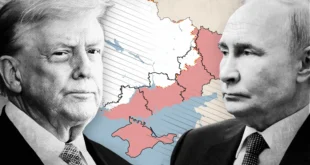Halima Al Sayer
Centuries ago, two tribes walked the earth: the Neanderthals, known for their brute strength, and Homo sapiens, physically weaker but armed with intelligence and adaptability. While Neanderthals survived through sheer force, Homo sapiens crafted tools and strategies to outsmart their environment. As conditions worsened and resources dwindled, the Neanderthals struggled to adapt. The sapiens, however, thrived. In the end, it wasn’t the strongest who survived—it was the smartest.
Today, the battlefield may look different, but the lesson remains the same. Military forces equipped with artificial intelligence (AI) are following in the footsteps of our ancient ancestors, using technology to outmaneuver their adversaries. In an era where brute force alone is no longer enough, AI is reshaping the art of war, offering a strategic edge to technologically advanced nations. Nowhere is this more evident than in the Russo-Ukrainian war, where Ukraine has been described as a “living lab for AI warfare” by Palantir Technologies’ CEO.
AI is being hailed as the “third revolution in warfare,” following gunpowder and nuclear weapons. Its role in modern conflict is not just a matter of enhancing firepower but of fundamentally altering the way wars are fought. AI is now central to targeting, intelligence gathering, and strategic planning—allowing militaries to operate with unprecedented precision.
One of the key areas where AI shines is in targeting the enemy. The digital age has left us all with cyber footprints, and military personnel are no exception. AI exploits these data points, analyzing everything from satellite images to social media activity to locate enemy forces. In some instances, merely exposing an enemy unit’s hashtag can lead to a precise strike. This ability to process vast amounts of information has transformed military engagements, allowing commanders to strike their targets without ever stepping foot on the battlefield.
AI’s effectiveness in targeting was dramatically demonstrated in Ukraine’s strike on Russian General Vitaly Gerasimov. Using AI to analyze satellite images and intercepted communications, Ukrainian forces were able to pinpoint his location with deadly accuracy. This fusion of data from multiple sources—geospatial intelligence, drone footage, and open-source material—has allowed AI to become a game-changer in modern warfare.
Western tech companies, particularly Palantir Technologies, have been crucial in this “software-driven warfare,” integrating various data streams to give Ukraine a tactical edge. By doing so, Ukrainian forces have been able to act faster and more precisely, targeting Russian assets with a level of accuracy that would have been impossible using traditional methods.
Russia, too, has embraced AI in its military strategy, deploying advanced technologies such as loitering munitions—autonomous drones capable of identifying and striking targets without human intervention. These drones have become critical in contested airspaces, where human-piloted systems might falter. Additionally, Russia has launched AI-guided cruise missiles in swarms, designed to overwhelm Ukrainian defenses. Their minimal reliance on radio communication makes them difficult to detect, even in environments saturated with electronic jamming.
On the other side, Ukraine initially found success with Turkish Bayraktar drones in targeting Russian tanks and military positions. However, as Russia improved its air defenses and electronic jamming capabilities, these drones became more vulnerable. In response, Ukraine has adapted, turning to AI-powered quadcopters for smaller-scale, yet effective, operations. Autonomous weapons, unlike remotely controlled systems, can operate even under severe electronic jamming conditions, making them a vital part of Ukraine’s evolving strategy.
As the conflict continues, both Russia and Ukraine are relying increasingly on AI and autonomous systems. The future of warfare is no longer about the size of an army or the firepower it can unleash, but about the speed, efficiency, and adaptability of its technology. This shift marks a profound transformation in military strategy, echoing the survival lessons of the past: it’s not the strongest who survive, but the smartest.
In this new era, those who fail to embrace cutting-edge technologies risk becoming the Neanderthals of the 21st century. Just as Homo sapiens once outsmarted their stronger counterparts to thrive, today’s militaries must innovate or face irrelevance. The Russo-Ukrainian conflict offers a stark reminder that in the wars of the future, intelligence and technology will decide who prevails.
 Geostrategic Media Political Commentary, Analysis, Security, Defense
Geostrategic Media Political Commentary, Analysis, Security, Defense





